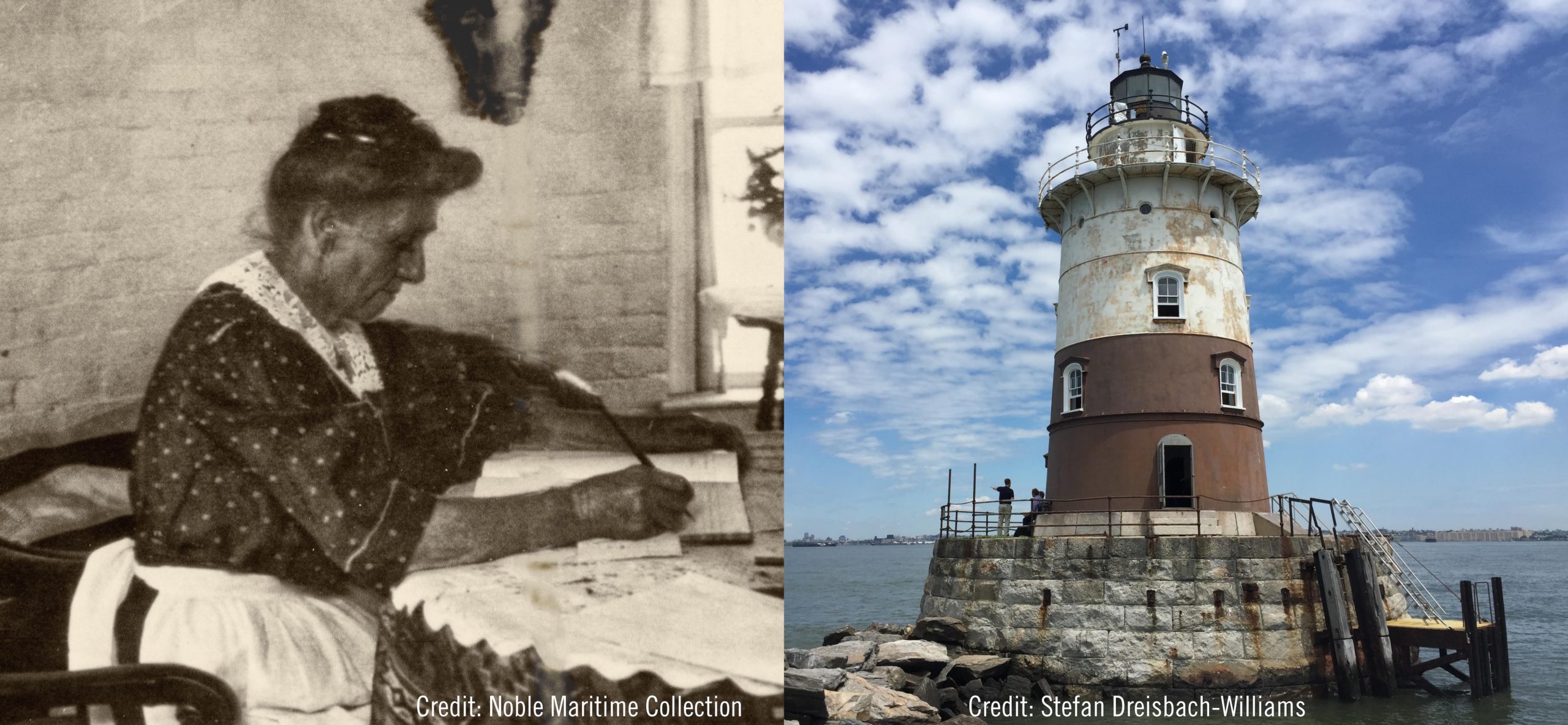
In many cases, abandoned lighthouses are being turned into parks, museums, inns, and research and educational centers. Some national governments have turned control of these abandoned structures over to local governments and nonprofit organizations. Today, lighthouses that have been automated are used primarily as backups for marine navigation, while many other lighthouses are no longer in operation. In addition, modern satellite-based navigational systems that can be installed on ships of all sizes have replaced the lighthouse as a primary navigational aid. With the introduction of automated electric beacons, the lighthouse keeper became all but obsolete. Before the use of electric beacons, the lighthouse keeper had to keep the gas beacon lit, clean the reflecting mirrors, and remove soot from the tower windows. At the end of the 20th century most of these lighthouses were either automated or abandoned. What exactly did a lightkeeper do and what was life at a lighthouse really like When the last Commissioners of Irish Lights. Although estimates vary, as many as 50,000 lighthouses may exist in the world today. Newburyport Harbor Lighthouse 1914īy 1900 nearly 1,000 lighthouses, both coastal and harbor types, had been built in the United States. The first was built in 1716 in Boston Harbor.

Twelve lighthouses were constructed in Britain’s American colonies in the 18th century. Prior to that time, most lighthouses were harbor lights serving as homing beacons so boats could safely find their way into port.īeginning in the 17th century, however, as travel on the high seas increased, major coastal lighthouses were constructed to warn mariners of dangerous rocks, reefs, and currents. Located at Genoa, this lighthouse was manned in 1449 by Antonio Columbus, uncle of famous explorer Christopher Columbus.Įxtensive lighthouse construction did not occur in modern times until the 17th century. One of Italy’s most famous lighthouses was built in 1161.
#Lighthouse keeper history professional#
Jean-Pierre on Captain of Container Ship Algeciras Express Missing at Sea Typically those appointed as keepers were actually the spouse of the assistant or head keeper they assumed these professional duties to assist their spouse or took over when their husbands became ill and/or died.Craig Northacker on Repost: Sailing on the Schooner A.J.Ed on Crab Trapper Whiskey - Fighting Mutant Green Crabs One Bottle at a Time.Doug Bostrom on US Navy Punishes Over Two Dozen Officers and Sailors Over Fire on USS Bonhomme Richard.Doug Bostrom on As Europe & North America Broil, Greenland Melts.Jean-Pierre on As Europe & North America Broil, Greenland Melts.Jean-Pierre on Flying Catamaran Demonstrates Generating Hydrogen From Wind Power.Mike on Flying Catamaran Demonstrates Generating Hydrogen From Wind Power.ws on Flying Catamaran Demonstrates Generating Hydrogen From Wind Power.Erik Abranson on UK to Phase Out Admiralty Paper Charts by 2026.Linda Collison on UK to Phase Out Admiralty Paper Charts by 2026.Perhaps we should add “mad as a lighthouse keeper” to the lexicon. They were being poisoned by the lighthouse itself. The solitude was not driving the lighthouse keepers mad. Like the hatters of their day, the light house keepers were being driven mad by exposure to mercury fumes. Those involved in the manufacture of hats in the 18th and 19th centuries also suffered from mercury poisoning, becoming as “ mad as a hatter” as the old saying went. One of the symptoms of mercury poisoning can be the onset of madness. Though not understood at the time, mercury is a deadly poison. When dust, dirt or other impurities built up in the mercury, part of the light house keeper’s job was to strain the mercury through a fine cloth. The best near zero-friction bearing of the day was created by floating the light and the lens on a circular track of liquid mercury.

For rotating lights, just as importance as the strength of the light, however, was maintaining a specific speed of rotation, so that if the chart said that the light flashed every twenty seconds, the light, in fact, rotated so that the light was visible every twenty seconds. The lenses developed by French physicist Augustin-Jean Fresnel greatly increased the intensity and range of the lighthouse beacon.

It turns out it was something simpler and more sinister.įresnel lenses were the great lighthouse innovation of the 19th century. Many assumed that they went mad from solitude and the demands of the job. In the 19th century, lighthouse keepers had a high frequency of madness and suicide. It turns out that lighthouse keepers had more to worry about than simply storms and terrible conditions. We recently posted about three killer lighthouses.


 0 kommentar(er)
0 kommentar(er)
